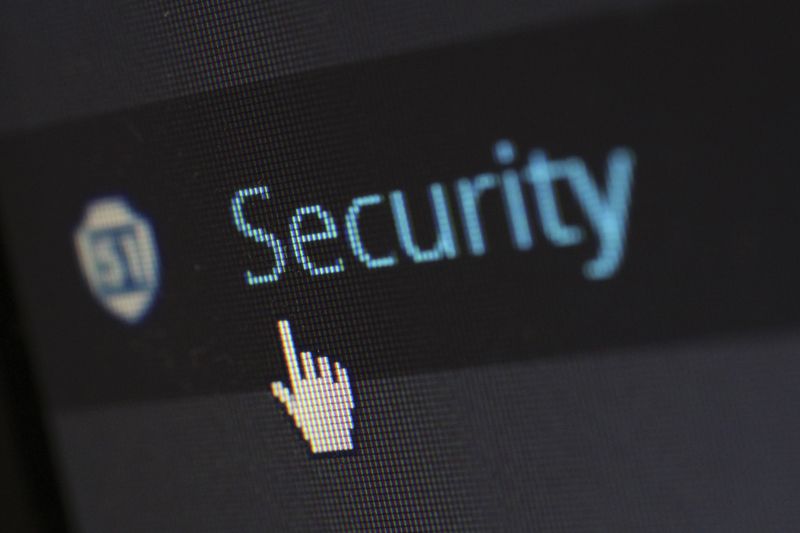The IT Professional’s Blueprint for Compliance
Introduction
In a world increasingly relying on technology, ensuring the security and compliance of our digital systems has become of paramount importance. IT professionals are now tasked not only with maintaining the efficiency and operation of networks and software but also with aligning them with various frameworks and regulations. This report delves into the challenges faced by IT professionals in achieving compliance with several key frameworks, including HIPAA, NIST, CIS-CSC, Essential Eight, and Cyber Essentials. It explores the implications of non-compliance, the market disruption caused by inadequate security measures, and provides advice for IT professionals seeking to ensure the security and compliance of their systems.
The Threat Landscape
In recent years, cyber threats have evolved and become more sophisticated. From ransomware attacks to data breaches, cybercriminals are constantly seeking vulnerabilities in software, networks, and infrastructure. As a result, governments and regulatory bodies have introduced frameworks and regulations to establish standards for security and compliance. These frameworks outline best practices and require organizations to implement specific security measures.
HIPAA
The Health Insurance Portability and Accountability Act (HIPAA) is a key framework for healthcare organizations. It aims to protect sensitive patient data and ensure the privacy and security of electronic health records (EHR). IT professionals working in the healthcare industry must align their systems with HIPAA standards, including implementing robust access controls, encryption methods, and regular security audits.
NIST
The National Institute of Standards and Technology (NIST) provides a Cybersecurity Framework that acts as a comprehensive guide for organizations to manage and mitigate cybersecurity risks. This framework covers areas such as risk assessment, incident response, and security awareness training. IT professionals need to adopt the NIST framework to enhance their organization’s overall security posture and demonstrate compliance with industry-recognized standards.
CIS-CSC
The Center for Internet Security (CIS) Critical Security Controls (CSC) is a widely adopted framework that focuses on fundamental security measures. It provides IT professionals with a prioritized list of actions to protect their systems against common attack vectors. By implementing the CIS-CSC framework, IT professionals can ensure their organizations have a strong security foundation.
Essential Eight and Cyber Essentials
The Essential Eight and Cyber Essentials are frameworks specifically designed to enhance the security of government entities and businesses in Australia and the United Kingdom, respectively. Both frameworks provide a set of security controls that can significantly mitigate the risk of cyber attacks. IT professionals working in these regions should familiarize themselves with these frameworks to safeguard their systems effectively.
Market Disruption and Non-Compliance
The consequences of non-compliance with these frameworks can be severe, both for organizations and individuals. Data breaches and security incidents can damage a company’s reputation, erode customer trust, and result in significant financial losses. Regulatory penalties and legal action can also be imposed on organizations that fail to meet compliance requirements. Moreover, market disruption caused by security incidents can affect the economy at large, as seen in the aftermath of high-profile data breaches in recent years. IT professionals need to be proactive in addressing compliance concerns to minimize these risks.
The Importance of Security and Compliance
Beyond legal and financial consequences, security and compliance are essential for ethical reasons. Organizations have a moral obligation to protect the data entrusted to them, whether it be personal, financial, or medical. Upholding adequate security and compliance measures is a testament to an organization’s commitment to privacy and data protection.
Enhancing Security and Achieving Compliance
Investing in Security
IT professionals must prioritize security within their organizations. This includes investing in robust infrastructure, regularly updating software and systems, and employing skilled cybersecurity personnel. Furthermore, fostering a culture of security awareness through employee training programs is crucial to prevent human error and ensure a collective effort towards compliance.
Continuous Monitoring and Auditing
Regular monitoring and auditing are crucial elements of maintaining compliance and security. IT professionals should implement systems to continuously monitor and detect potential threats, ensuring that any vulnerabilities are addressed promptly. Regular security audits evaluate the organization’s adherence to frameworks and uncover areas in need of improvement.
Collaboration and Information Sharing
IT professionals should actively engage in information sharing and collaborate with industry peers to stay updated on emerging threats, vulnerabilities, and best practices. Participating in security-focused communities and attending conferences and webinars can provide valuable insights and promote a proactive approach to compliance.
Choosing Secure Solutions and Vendors
When implementing new software or services, IT professionals should thoroughly assess the security measures employed by potential vendors. A security-first approach includes conducting due diligence, researching vendors’ security practices, and selecting solutions that align with industry frameworks and regulations.
Conclusion
The ever-evolving threat landscape and the rise in regulations have made achieving compliance a critical task for IT professionals. By aligning with frameworks such as HIPAA, NIST, CIS-CSC, Essential Eight, and Cyber Essentials, organizations can mitigate risk, protect sensitive data, and enhance their overall security posture. IT professionals play a crucial role in ensuring compliance and must invest in security measures, regularly monitor and audit systems, collaborate with peers, and make informed decisions when selecting vendors. Only through these collective efforts can we truly safeguard our digital systems and protect the privacy and security of individuals and organizations alike.

<< photo by Pixabay >>
The image is for illustrative purposes only and does not depict the actual situation.
You might want to read !
- Rising Wave of AvosLocker Ransomware Threatens Critical Infrastructure
- Blindsided by a Cyber Siege: Unraveling the Unprecedented Scale of the Largest-ever DDoS Attack
- Trend Micro’s Channel Empowerment Initiative Fuels Growth and Collaboration
- “Curl’s anticipated security hole falls short of expectations”
- USPS Battles Increasing Smishing Threats: Is the Postal Service Anchoring Snowballing Cyber Attacks?
- The Growing Threat: Safeguarding the Food Pipeline from Cyberattacks
- Examining the Latest Magecart Attack: How Hackers Manipulate 404 Pages to Exploit Customers’ Credit Card Information
- Navigating the Digital Abyss: Surging Intimidation and Frustration towards Online Security
- The Underground Economy: Middle Eastern Network Access Sees Decreased Prices on the Dark Web




